Throughout history, women have played a vital role in the development of art; yet, their contributions have often been overlooked or overshadowed by those of their male counterparts.
When discussing the first known female artist in history, we use the word known intentionally. There may have been countless women whose artistic talents were never recorded, celebrated, or attributed to them. Some may have worked anonymously behind the scenes, contributing to the works of male artists or creating art in private spaces. Read on as we’ll explore the life and legacy of the first known female artist in history, delve into the broader context of women in art, and reflect on the challenges and triumphs of female artists throughout the ages.
Table of Contents
- Enheduanna: The First Known Female Artist
- Enheduanna’s Contributions to Art and Culture
- Why Is Enheduanna Important in Art History?
- The Broader Context: Women in Art History
- Other Early Female Artists
- Why Do We Use the Word “Known”?
- Women in Art Today
- Related Questions
Enheduanna: The First Known Female Artist
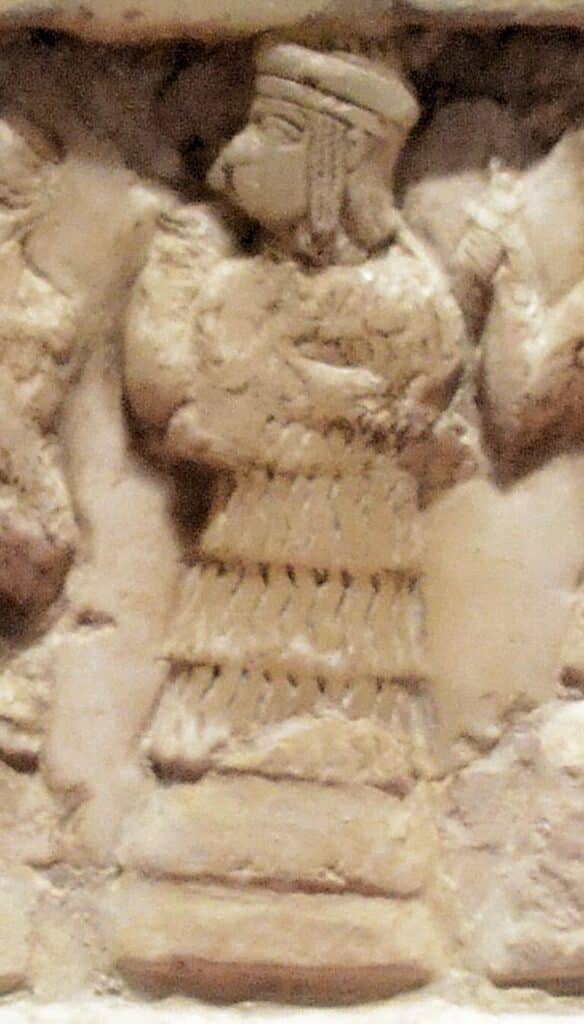
The title of the first known female artist in history is often attributed to Enheduanna, a remarkable woman who lived in ancient Mesopotamia between 2285 and 2250 BCE. Enheduanna was a high priestess, poet, and writer who served the goddess Inanna and the moon god Nanna in the city of Ur.
While she is primarily celebrated for her literary achievements, her contributions to art and culture were groundbreaking, making her one of the earliest recorded creators of artistic and literary works.
Who Was Enheduanna?
Enheduanna was the daughter of King Sargon of Akkad, one of the most powerful rulers in Mesopotamian history. As the high priestess of the temple of Ur, she played a pivotal role in the temple’s religious and cultural life, overseeing rituals and ceremonies dedicated to the gods.
What makes Enheduanna extraordinary is that she is the first person in history whose name is directly associated with her creative works. Her hymns and poems, written in honor of the goddess Inanna, are considered some of the earliest examples of literature and art.
These works were inscribed on clay tablets and have survived for over four millennia, offering a glimpse into her genius and the cultural landscape of her time.
Enheduanna’s Contributions to Art and Culture
Literary and Artistic Achievements
Enheduanna’s hymns and poems are not only literary masterpieces but also works of art in their own right. They demonstrate a deep understanding of symbolism, imagery, and storytelling, blending religious devotion with artistic expression.
Her works often describe the power and majesty of the goddess Inanna, exploring themes of love, war, and divine intervention.
Religious Imagery
As a high priestess, Enheduanna was responsible for creating and overseeing religious rituals that often incorporated visual and performative elements.
While we don’t have direct evidence of her visual art, her hymns and writings suggest that she had a profound influence on the artistic representations of gods and goddesses in Mesopotamian culture.
Cultural Impact
Enheduanna’s works were widely circulated and copied throughout Mesopotamia, influencing generations of artists, writers, and thinkers.
Her ability to merge art, literature, and religion set a precedent for integrating creative expression into cultural and spiritual life.
Why Is Enheduanna Important in Art History?
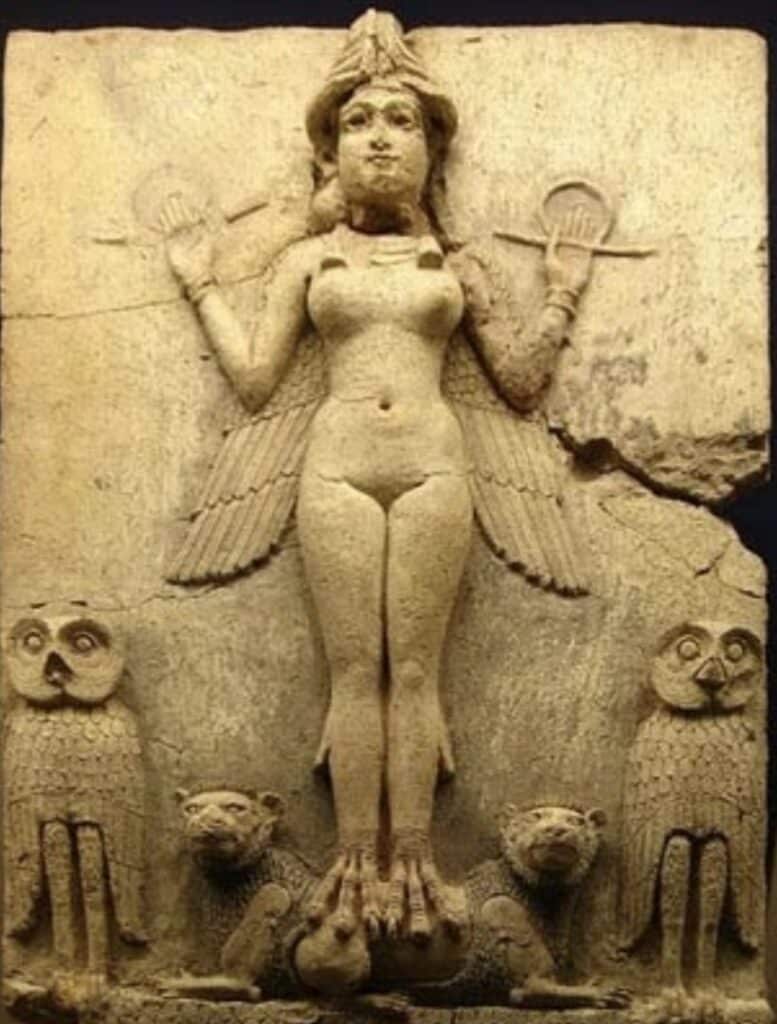
Enheduanna’s importance in art history lies in her role as a trailblazer—a woman who not only created art and literature but also ensured her name and legacy were preserved. In a world where women’s contributions were often anonymous or attributed to men, Enheduanna stands out as a rare example of a female artist whose works were recognized and celebrated during her lifetime.
Breaking Barriers
Enheduanna’s achievements challenge the narrative that women were absent or insignificant in early art history. She demonstrates that women have always been creators, innovators, and leaders in the arts, even in societies where their roles were often restricted.
Representation
By studying Enheduanna, we gain a deeper understanding of the role of women in ancient societies and their contributions to culture, religion, and art. Her works remind us that women’s voices have always been part of the artistic conversation, even if they were often silenced or forgotten.
The Broader Context: Women in Art History
While Enheduanna is the first known female artist, she is undoubtedly not the first woman to create art. Throughout history, women have made significant contributions to the arts in numerous ways, often working behind the scenes or under the pseudonyms of male artists.
Anonymous Women Artists
In many cultures, women created art as part of their daily lives, producing textiles, pottery, and other crafts that were essential to their communities. These works, though often uncredited, were vital forms of artistic expression.
Women Behind Male Artists
It is widely believed that many male artists benefited from the contributions of women in their lives—wives, daughters, and assistants who helped create or inspire their works. Unfortunately, the names and stories of these women were often erased from the historical record.
The Challenges of Recognition
Women faced significant barriers to recognition in art history, including limited access to education, exclusion from professional art guilds, and societal expectations that confined them to domestic roles. Despite these challenges, many women persevered and left behind extraordinary works of art.
Other Early Female Artists
While Enheduanna is the first recorded female artist, several other women in history have made significant contributions to the arts:
1. Artemisia Gentileschi (1593–1656)
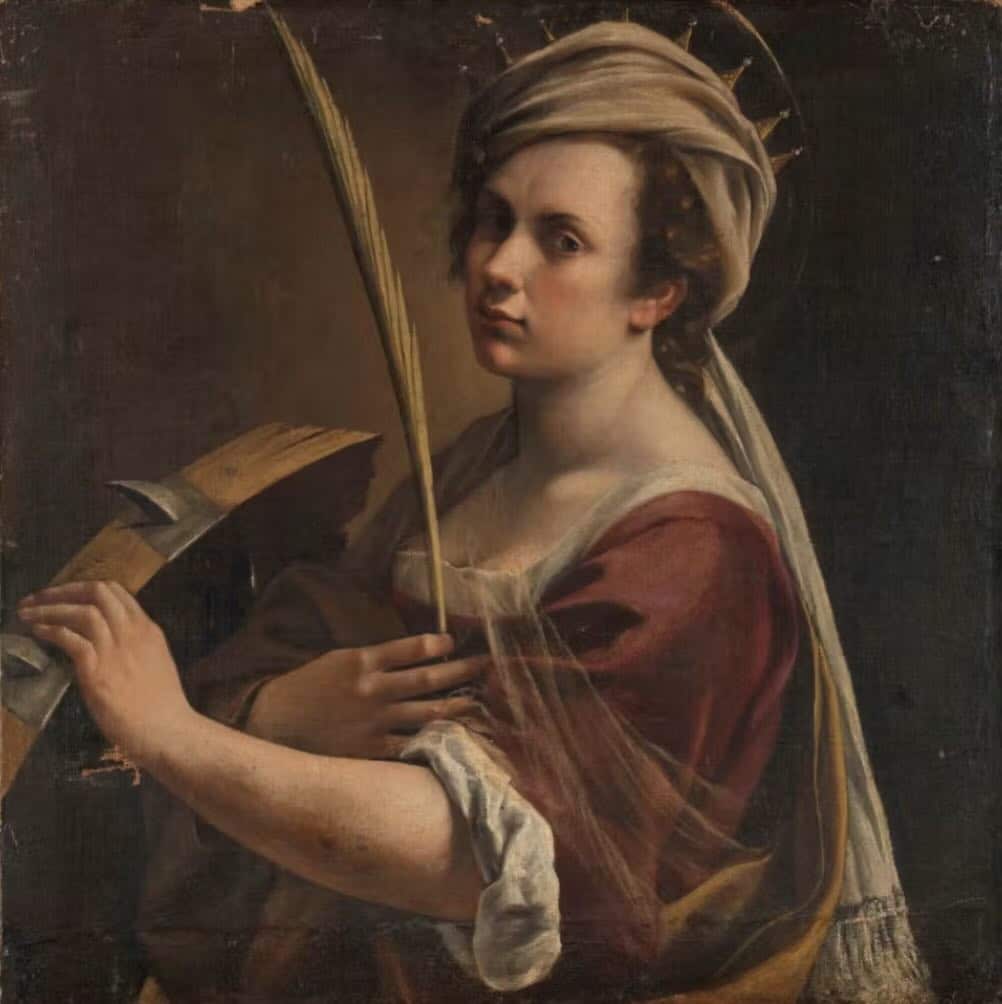
A Baroque painter known for her dramatic and emotionally charged works, Artemisia Gentileschi overcame personal tragedy and societal prejudice to become one of the most celebrated artists of her time.
2. Sofonisba Anguissola (1532–1625)
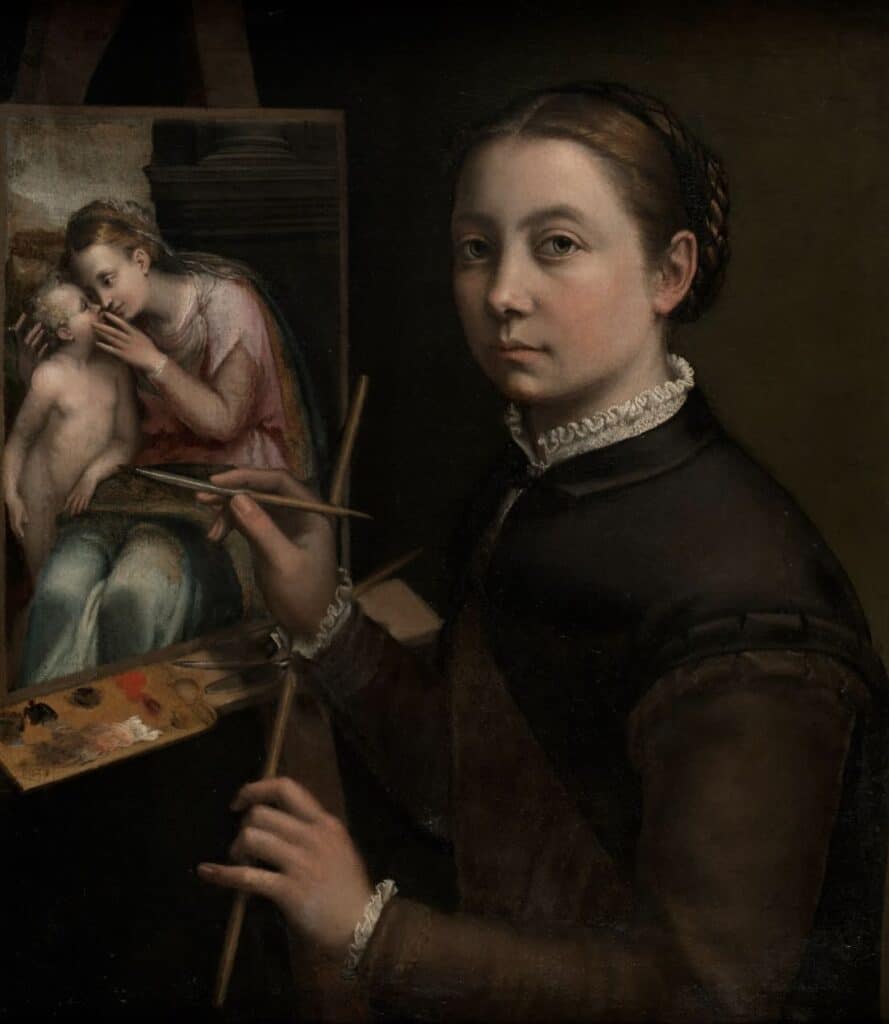
An Italian Renaissance painter, Sofonisba Anguissola, was one of the first women to achieve international fame as a professional artist.
3. Lavinia Fontana (1552–1614)
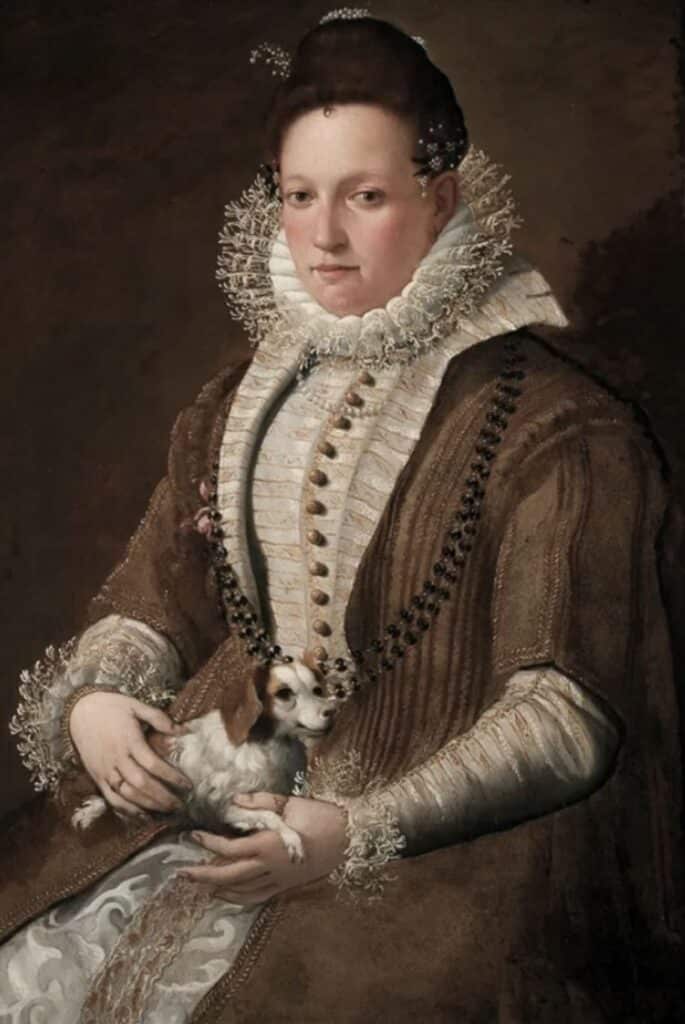
Fontana was a prolific painter of portraits and religious scenes, breaking barriers as one of the first women to paint public commissions.
4. Clara Peeters (1594–1657)
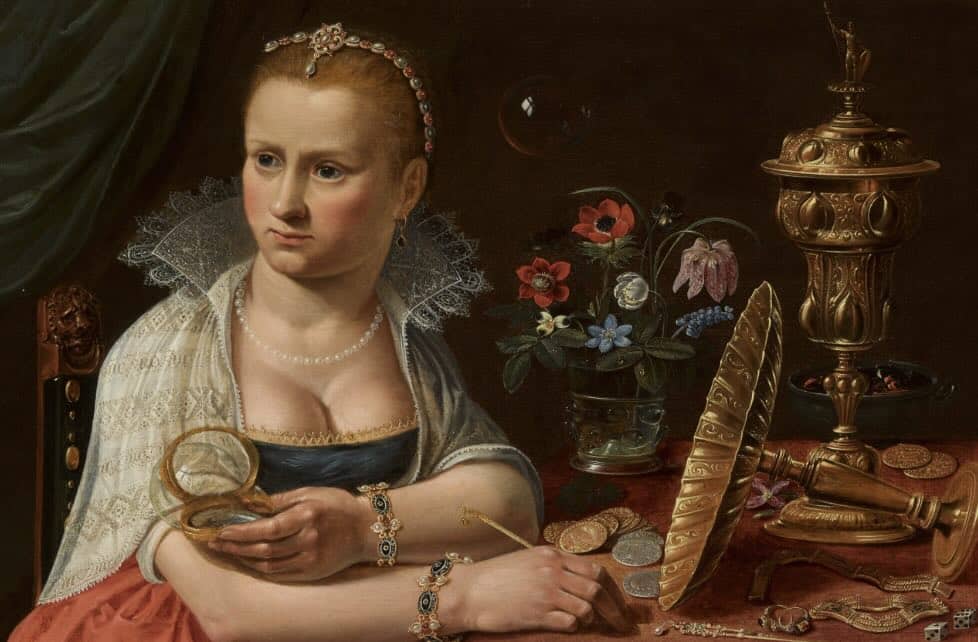
A Flemish Baroque painter, Peeters specialized in still-life paintings, often incorporating symbolic elements that reflected her perspective as a woman artist.
5. Plautilla Nelli (1524–1588)
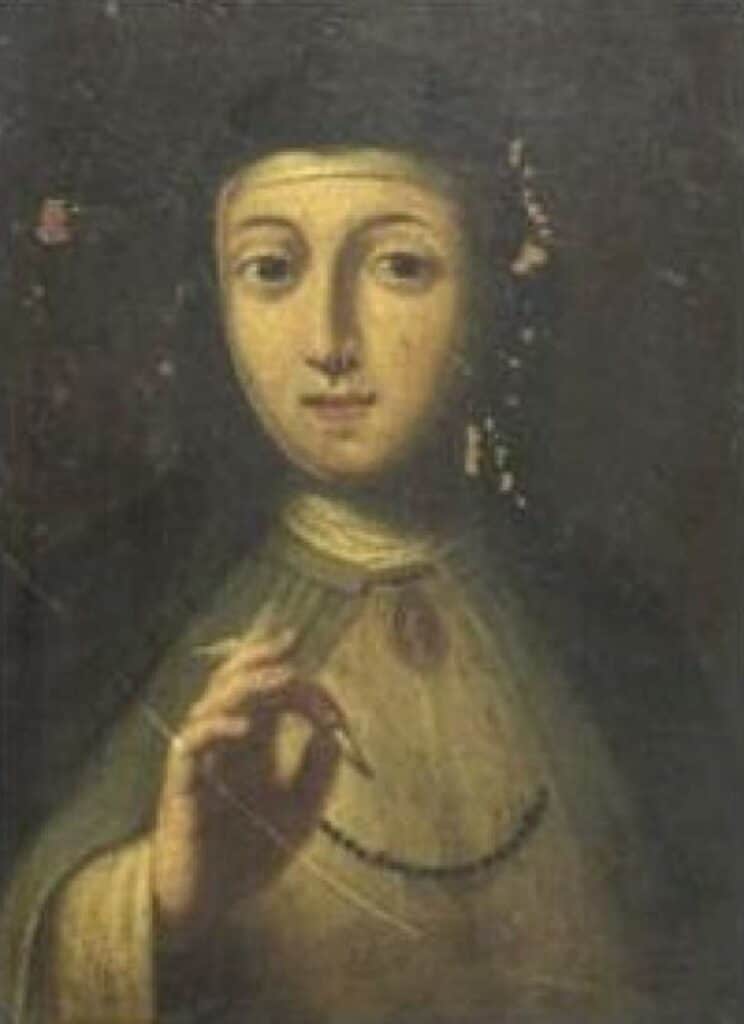
A self-taught nun and painter, Nelli created religious works that expressed her devotion and artistic talent, despite the limitations imposed by her gender and status.
Why Do We Use the Word “Known”?
The word known is significant because it acknowledges the limitations of historical records. Many women’s contributions to art were never documented or attributed to them, leaving gaps in our understanding of their roles in art history.
Lost Voices
The lack of documentation means that countless women artists remain unknown, their works attributed to anonymous creators or male artists. This erasure highlights the need to revisit and revise art history to uncover hidden stories.
Changing Narratives
By celebrating women like Enheduanna, we challenge the traditional narratives of art history and pave the way for a more inclusive understanding of artistic contributions.
Women in Art Today
The legacy of women like Enheduanna continues to inspire female artists today. While progress has been made, women in the arts still face challenges, including underrepresentation in galleries, museums, and art history curricula.
Celebrating Female Artists
Organizations and initiatives dedicated to promoting women in the arts are helping to ensure that female artists receive the recognition they deserve. Exhibitions, research, and advocacy are uncovering forgotten stories and celebrating the achievements of women across history.
The Importance of Representation
Representation matters—not just in the art world but in the stories we tell about art history. By highlighting the contributions of women like Enheduanna, we create a more balanced and inclusive narrative that reflects the diversity of artistic expression.
Enheduanna, the first known female artist in history, serves as a powerful reminder of the contributions women have made to art and culture throughout the ages. Her works, preserved for over 4,000 years, demonstrate the enduring power of creativity and the importance of recognizing women’s voices in art history.
While many women’s stories remain hidden or forgotten, the legacy of artists like Enheduanna inspires us to seek out and celebrate the contributions of women in the arts. By doing so, we honor their achievements and ensure that their voices continue to shape our understanding of art and its history.
Art history is not static—it evolves as we uncover new stories, challenge old narratives, and celebrate the diversity of human creativity. Enheduanna’s story is just one chapter in this ongoing journey, reminding us that women have always been creators, innovators, and trailblazers in the arts.
Anita Louise Art is dedicated to art education, great artists, and inspiring others to find and create their art. We love art that uplifts and inspires. #ArtToMakeYouSmile! #ArtToMakeYouHappy!
If you want to see any of my art, you can find out more by clicking here. If you are interested in what inspires me and my paintings, you can discover more by clicking here.
We have a free newsletter and would love you to be part of our community; you can subscribe to the newsletter by clicking here. If you have any questions, I would be happy to talk to you anytime. You can reach me, Anita, by clicking here.
Subscribe to our Anita Louise Art YouTube Channel with great videos and information by clicking here.
Join us for our podcast “5 Minutes With Art.” Spend just 5 minutes a week with us to discover and learn about great art and artists. You can find out more about our podcast by clicking here.
Related Questions
Who Was the Mexican Artist Frida Kahlo (1907-1954)?
Frida Kahlo is one of Mexico’s premier artists. She suffered from polio and was in a bus accident that left her in great pain. Kahlo married the famous Mexican artist Diego Rivera. She is well known for her self-portraits that depict pain and suffering and are filled with passion and bright, bold, vibrant colors. Her art is a personal statement of her life, painting, and culture.
By clicking here, you can learn more by reading Who Was the Mexican Artist Frida Kahlo (1907-1954)?
Who Is the Swedish Artist Sigrid Hjerten (1885-1948)?
Sigrid Hjerten is considered one of Sweden’s most important modern artists. She married the Swedish artist Issac Grunewald, and they both studied together in Paris, France, under Henri Matisse. What made Sigrid stand out is that her artwork was very personal and daring for this time period. She suffered from mental illness and died in Stockholm in 1948.
By clicking here, you can learn more by reading Who Is the Swedish Artist Sigrid Hjerten (1885-1948)?
Who is the Swedish Artist Hilma af Klint (1862-1944)?
Hilma af Klint was a Swedish woman artist who was painting revolutionary modern artwork for her time. A trailblazing, creative figure who kept her art and paintings secret for many years. Despite her amazing works of art and the legacy she left us, it has only been during the last 40 years that she has started to gain international acclaim.
By clicking here, you can learn more by reading Who is the Swedish Artist Hilma af Klint (1862-1944)?

